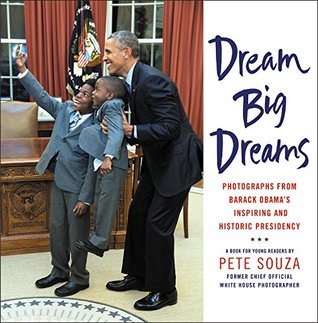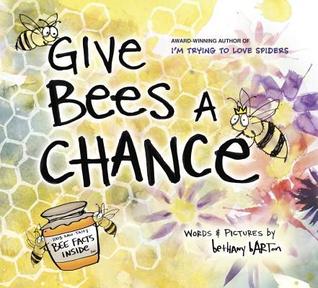by Heather Lang
illustrated by Jana Christy
Boyds Mills & Kane/Calkins Creek, 2021
review copy provided by the publisher (thanks!)
FIRST THE PICTURE BOOK
The Leaf Detective is a picture book biography written in verse, lushly illustrated, and sprinkled throughout with quotes from Margaret Lowman and rainforest facts. Following the author's note (she's actually met and learned alongside Margaret Lowman in the Amazon rainforest in Peru), readers can learn more about the rainforest from a flip-the-book-vertically double-spread diagram of the levels of the rainforest, and explore further resources listed in the back matter.
Lowman is a pioneer in the study of rainforests, and especially rainforest canopies. Not only did she invent new ways of studying the canopy by climbing into the tops of trees, but she broke through all kinds of challenges and barriers as a woman in the area of field biology in science.
AND NOW THE POEMPAIR (replace he/his with she/her)
It Couldn't Be Doneby Edgar Guest
Somebody said that it couldn’t be done,
But he with a chuckle replied
That “maybe it couldn’t,” but he would be one
Who wouldn’t say so till he’d tried.
So he buckled right in with the trace of a grin
On his face. If he worried he hid it.
He started to sing as he tackled the thing
That couldn’t be done, and he did it.
Somebody scoffed: “Oh, you’ll never do that;
At least no one ever has done it”;
But he took off his coat and he took off his hat,
And the first thing we knew he’d begun it.
With a lift of his chin and a bit of a grin,
Without any doubting or quiddit,
He started to sing as he tackled the thing
That couldn’t be done, and he did it.
There are thousands to tell you it cannot be done,
There are thousands to prophesy failure;
There are thousands to point out to you one by one,
The dangers that wait to assail you.
But just buckle in with a bit of a grin,
Just take off your coat and go to it;
Just start in to sing as you tackle the thing
That “cannot be done,” and you’ll do it.
(this poem is in the public domain)
Inclusion and representation in science continue to be issues for women, and especially women of color. A video to share with students features
Adania Flemming, a Black marine biologist/ichthyologist. Like Margaret Lowman, who has made education about women in science and about the rainforest important parts of all she does, Adania Flemming dreams of starting a research aquarium/museum in her home country of Trinidad and Tobago.
NOTE: Thank you for your patience as we figure out the transition to WordPress. We will crosspost on A Year of Reading and
A(nother) Year of Reading for a bit, but eventually, all current thinking will be at A(nother) Year of Reading. A Year of Reading will remain as a reference when we make the complete transition.












































